Written by Maia Iotzova, a founder of the Wild City Mapping Collective.
My first and most intimate connection to nature was formed while playing in the unmanaged green spaces scattered around the cement soviet style apartment building where I grew up in Sofia, Bulgaria.
Bulgaria used to be an agrarian country. After the beginning of communism in 1944, big city complexes with numerous apartment buildings were built. However the maintenance of the green spaces within and around those complexes was rather relaxed. As a result there were a number of fields where nature grew and flourished. These wild green spaces were a marvellous world where me and my friends spent our childhood days in exploration and play.
Bulgaria used to be an agrarian country. After the beginning of communism in 1944, big city complexes with numerous apartment buildings were built. However the maintenance of the green spaces within and around those complexes was rather relaxed. As a result there were a number of fields where nature grew and flourished. These wild green spaces were a marvellous world where me and my friends spent our childhood days in exploration and play.
As a young adult I immigrated to Canada, and lived in cities in southern Ontario and British Columbia, where urban green spaces were meticulously manicured.
I missed having access to a messy little wilderness right outside my doorstep. Wanting to capture the unique character of the nature I knew from my childhood I started making the film Green Dream.
Travelling back to Sofia in 2008 to film these urban oases and being involved with struggles to save a few places like that in Canada, illuminated the complex context in which they existed. They still held the magic from my childhood as the beautiful dreamy fields. Rich with biodiversity, they were places that added to the heartbeat of the neighbourhood. Yet they were often neglected. Turning into garbage dumping grounds they were easy targets for development of new buildings, roads, parking lots. I realized that in the larger context these spaces existed as phantoms without protection, and often they were not even marked on the map.
So, parallel of working on Green Dream, I started experimenting with ways to map these spaces. It was important for me that the map captured people's intimate connection to them along with their geographic features, so I tried to find a way to map people's connection to the landscape. My first experiment was the project I know a place... made during a Locative Media residence at the Banff New Media Institute in November 2008.
So, parallel of working on Green Dream, I started experimenting with ways to map these spaces. It was important for me that the map captured people's intimate connection to them along with their geographic features, so I tried to find a way to map people's connection to the landscape. My first experiment was the project I know a place... made during a Locative Media residence at the Banff New Media Institute in November 2008.
Ten volunteers form the Banff region participated. They were sent out with a kit, which contained the phone (Smart phones did not exist yet), a GPS external device and a card with instructions.
I had asked people to go to a space that was significant to them and spent 10-15 minutes there before they would answer any questions. That was important because I wanted them to feel and experience the space, instead of having a predetermined idea of what they were going to say.
Each participant was given a phone with a special program (The Geo Zexe), which allowed them to take a photo and to record an audio entry. (In theory the program was supposed to package the geo data with people's entries and send them directly to the map. In practice we entered each person's entry manually.)
Each participant was given a phone with a special program (The Geo Zexe), which allowed them to take a photo and to record an audio entry. (In theory the program was supposed to package the geo data with people's entries and send them directly to the map. In practice we entered each person's entry manually.)
Below is a video screen capture of the interactive map that was created. You can also explore the map here.
I loved the experiential quality of the entries, hearing the wind in the background and the quality of each person's voice brought to life the unique character of the space they were talking about. This gave the map the layered and personal dimension I had wanted.
I continued to work on the film and the map simultaneously and they fed each other.
In 2009 I moved to Montreal and to my surprise and happiness I discovered a wild field right behind the big industrial building where I had a studio space. I would eat my lunches there and go for walks. Then I learned that there were plans to develop the space and citizens were gathering for its protection. I met Emily Rose-Michaud who had created the Roerich Garden, a land art in the shape of the Roerich symbol used in World War II to denote a place of cultural significance and prevent it from being bombed during the airstrikes. The Roerich Garden had helped unify the community, bringing media and political attention to the space.
In 2009 I moved to Montreal and to my surprise and happiness I discovered a wild field right behind the big industrial building where I had a studio space. I would eat my lunches there and go for walks. Then I learned that there were plans to develop the space and citizens were gathering for its protection. I met Emily Rose-Michaud who had created the Roerich Garden, a land art in the shape of the Roerich symbol used in World War II to denote a place of cultural significance and prevent it from being bombed during the airstrikes. The Roerich Garden had helped unify the community, bringing media and political attention to the space.
This space used to be called Maguire Meadow, but the community renamed it Le Champ des possibles (The field of possibilities). In November 2009, with the fate of the space still uncertain, we did a mapping project in order to capture the meadow's significance for the people in the neighbourhood.
Again, an important part of my methodology was to ask everyone who participated to spend 10-15 minutes in the space before asking them any specific questions. I did not have access to the application or the cell phones we used for I know a place...and people could not record their voice. There had to be some low tech way to represent people's reflections on the map. I decided to ask each participant to draw or write their reflection on a piece of coloured paper. We took photos of them holding that paper and embedded the photos on a Google Map. You can see all the images in our Gallery Section.
Again, an important part of my methodology was to ask everyone who participated to spend 10-15 minutes in the space before asking them any specific questions. I did not have access to the application or the cell phones we used for I know a place...and people could not record their voice. There had to be some low tech way to represent people's reflections on the map. I decided to ask each participant to draw or write their reflection on a piece of coloured paper. We took photos of them holding that paper and embedded the photos on a Google Map. You can see all the images in our Gallery Section.
Le Champ des possibles became a key player in Green Dream. In the summer of 2013 I filmed the field as it was officially recognized as a wild city park co-managed by the community. It was the first time I have seen such a success story.
In 2014 as the film was soon going to come to fruition, I renew my desire to map wild green spaces in the whole city of Montreal. It was clear that this had to be a team initiative and I brought together artists/geeks with expertise in different areas. Maya Richman, Igor Rončević, Marilene Gaudet, Dominique Ferraton and I developed the project Wild City Mapping.
We kept the personal reflection, from my earlier experiments, as a way to map a space . However this time we simplified the entries even more to accommodate a larger quantity of participants and the limitations of Mapbox, the open source platform we were using. To map Montreal we asked people to send us a photo and the coordinates of a wild green space with their reflection/description of the space. The radically different element that we added to this map was time.
In 2014 as the film was soon going to come to fruition, I renew my desire to map wild green spaces in the whole city of Montreal. It was clear that this had to be a team initiative and I brought together artists/geeks with expertise in different areas. Maya Richman, Igor Rončević, Marilene Gaudet, Dominique Ferraton and I developed the project Wild City Mapping.
We kept the personal reflection, from my earlier experiments, as a way to map a space . However this time we simplified the entries even more to accommodate a larger quantity of participants and the limitations of Mapbox, the open source platform we were using. To map Montreal we asked people to send us a photo and the coordinates of a wild green space with their reflection/description of the space. The radically different element that we added to this map was time.
We decided that it is important to see the transformation of each space through time. We kept all the map entries from past years and each year was denoted with a different colour. We also chose to note when a space was destroyed or developed with an orange tag, and with a blue tag, a plan or a wish for a space to become wild in the future. We used little icons in each tag to denote artistic interventions and community engagement. For example the flag icon is a sign that the tag has a link towards the community engaged with the space. The two human figures are a sign that the tag shows the portrait of a person with their drawing/reflection of the green space done in my community mapping style.
This is my trajectory of artistic and personal explorations with these ever rich spaces in our cities. My next wish, mapping Sofia, Bulgaria.
Happy Earth Day!
This is my trajectory of artistic and personal explorations with these ever rich spaces in our cities. My next wish, mapping Sofia, Bulgaria.
Happy Earth Day!
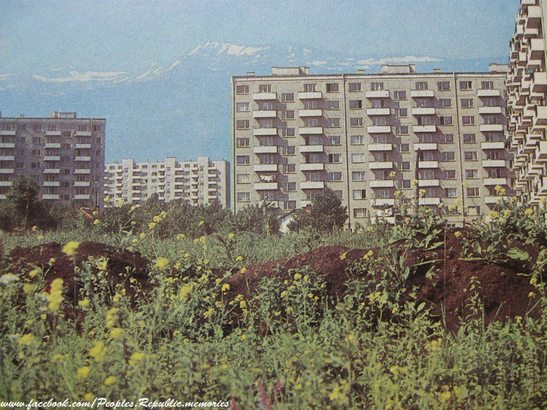
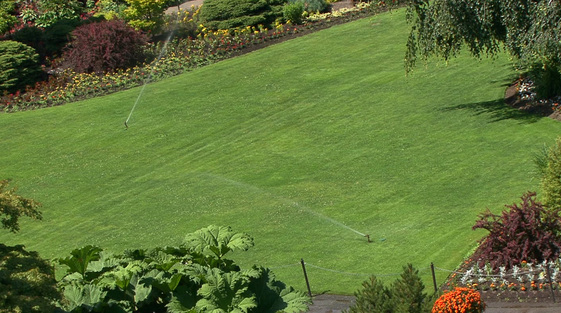

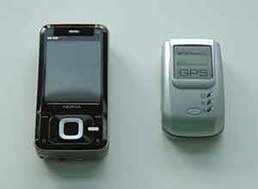
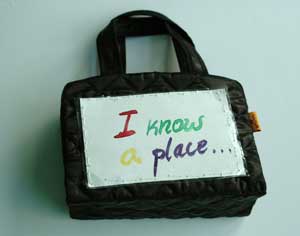
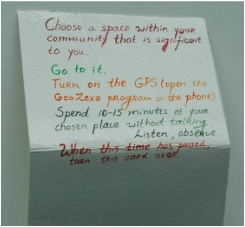
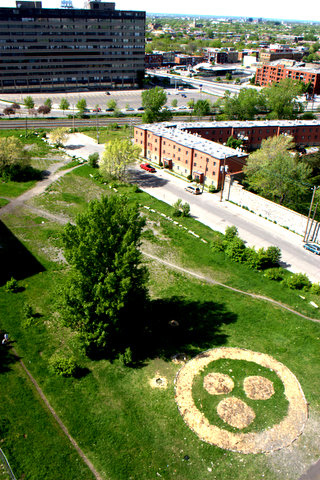
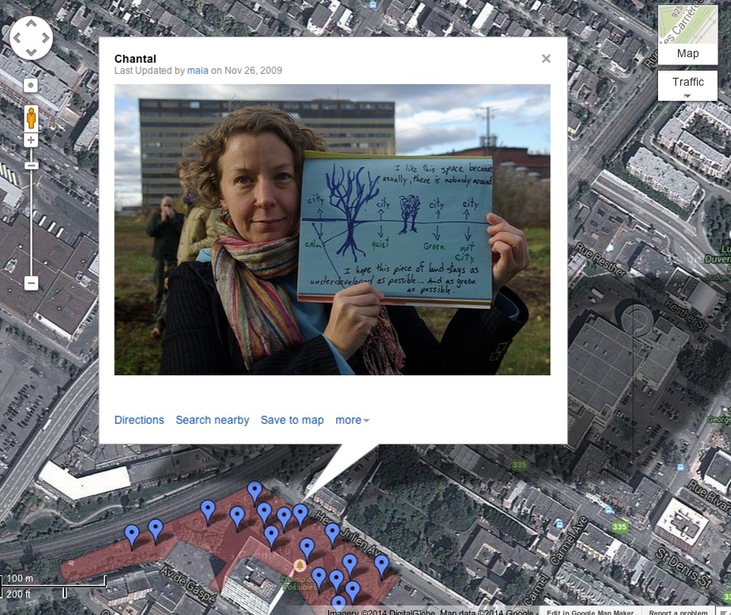
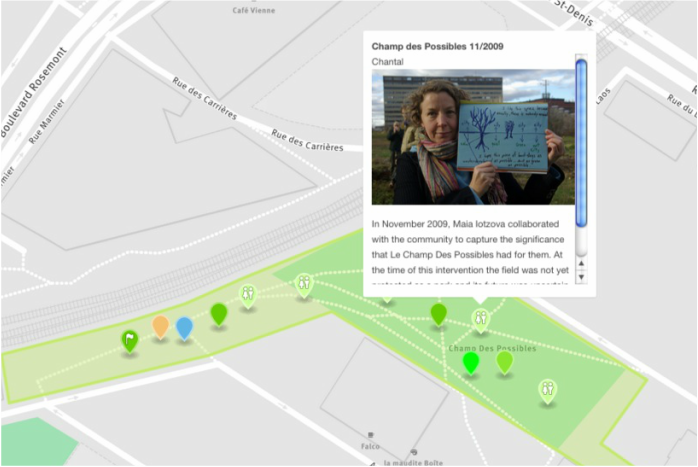
 RSS Feed
RSS Feed
